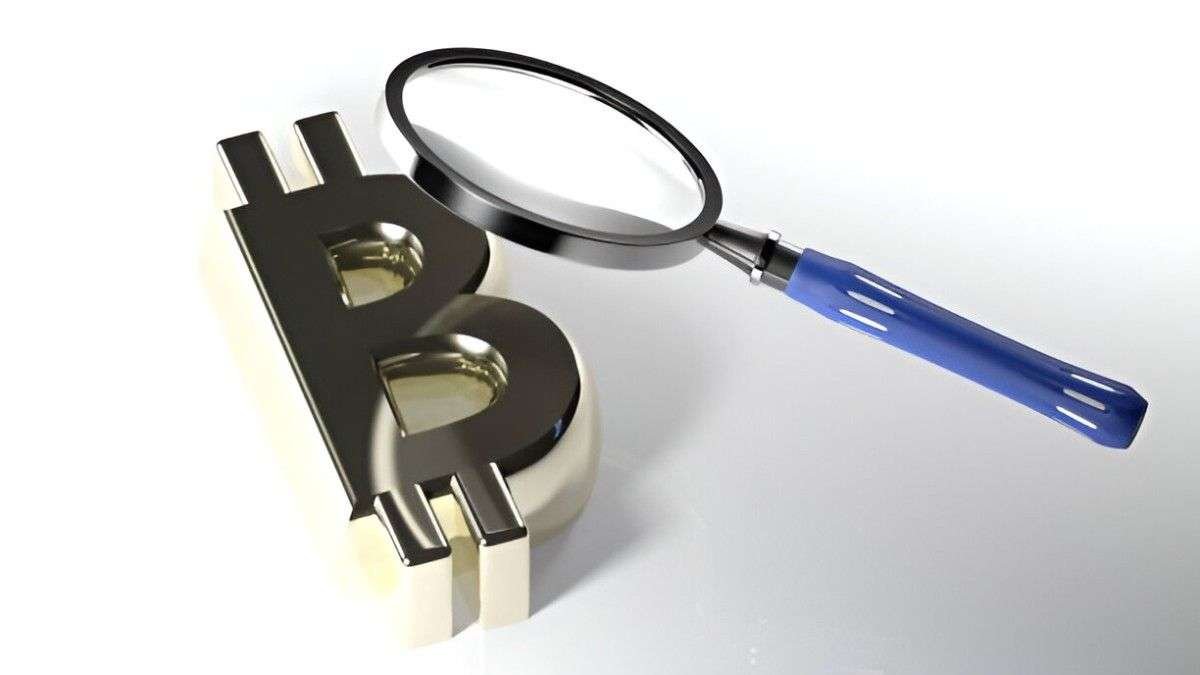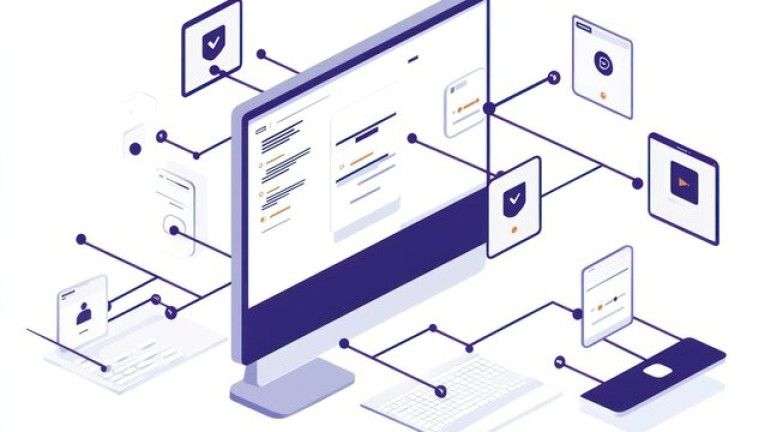Introduction
Blockchain explorers play a critical role in navigating blockchain networks. These tools allow users to search for transactions, monitor wallet addresses, and examine blocks in real time. Every blockchain network has its own explorer, each with unique features and functionalities. In this guide, I will walk through everything you need to know about blockchain explorers, from their basic functionality to advanced applications.
Table of Contents
What is a Blockchain Explorer?
A blockchain explorer is an online tool that allows users to browse a blockchain network. It functions like a search engine, retrieving detailed information about blocks, transactions, and wallet addresses. By using an explorer, I can verify transactions, track network activity, and analyze blockchain data.
How Blockchain Explorers Work
Blockchain explorers pull data from a blockchain node and display it in a readable format. Here’s a breakdown of how they function:
- Nodes collect transaction data – Every transaction submitted to the blockchain is broadcast to the network’s nodes.
- Nodes validate transactions – Miners or validators confirm transactions before adding them to a block.
- Data is recorded in the blockchain – Once a block is confirmed, its information becomes immutable.
- Explorer retrieves the data – Blockchain explorers access the data from nodes and present it to users in a structured format.
Common Features of Blockchain Explorers
Most blockchain explorers share a set of fundamental features:
| Feature | Description |
|---|---|
| Block Search | Allows users to search for specific blocks by height or hash. |
| Transaction Lookup | Enables users to track transactions using transaction IDs (TXIDs). |
| Wallet Address Lookup | Provides details on wallet balances and transaction history. |
| Mempool Status | Displays unconfirmed transactions waiting for confirmation. |
| Smart Contract Interaction | Allows users to inspect smart contract details and execution status. |
| Token Tracking | Monitors tokens issued on blockchain networks like Ethereum and Binance Smart Chain. |
Comparison of Popular Blockchain Explorers
Each blockchain network has its own set of explorers. Below is a comparison of major blockchain explorers:
| Explorer | Supported Blockchain | Unique Features |
|---|---|---|
| Etherscan | Ethereum | Detailed smart contract analysis, token tracking |
| Blockchain.com Explorer | Bitcoin | Easy-to-use interface, historical data charts |
| BscScan | Binance Smart Chain | Token analytics, NFT tracking |
| Polygonscan | Polygon | Low-cost transaction monitoring, contract verification |
| Solscan | Solana | Advanced validator insights, real-time transaction tracking |
How to Use a Blockchain Explorer
To use a blockchain explorer, follow these steps:
- Search for a transaction – Enter the transaction ID (TXID) in the search bar.
- Analyze block details – Look up block height or hash to see confirmation status and included transactions.
- Track a wallet – Enter a wallet address to see transaction history and balance.
- Check smart contract interactions – View contract execution data and token transfers.
Example: Tracking a Bitcoin Transaction
Let’s say I send 0.5 BTC to a friend. I want to confirm whether the transaction has been processed. Here’s how I use a blockchain explorer:
- I copy the transaction ID from my wallet.
- I paste it into the search bar on Blockchain.com Explorer.
- The explorer shows details like confirmation status, block height, and recipient address.
- Once the transaction has the required confirmations, I know it’s successfully processed.
Security and Privacy Considerations
While blockchain explorers provide transparency, they also raise privacy concerns. Anyone can search for a public address and view its transaction history. This lack of privacy can be a disadvantage for users who prefer financial confidentiality.
Mitigating Privacy Risks
- Use different wallet addresses – Avoid reusing the same address for transactions.
- Use privacy-focused blockchains – Monero and Zcash offer enhanced transaction privacy.
- Use mixers – CoinJoin and other mixing services can obscure transaction trails.
Advanced Use Cases
Blockchain explorers are useful for more than just tracking transactions. Here are some advanced applications:
1. Smart Contract Audits
Explorers like Etherscan allow users to inspect smart contract code, helping developers identify security vulnerabilities.
2. NFT and Token Analysis
With NFT marketplaces growing, explorers provide insights into token ownership, transfers, and contract interactions.
3. Network Monitoring
Validators and miners use explorers to assess network health, block propagation times, and congestion levels.
Conclusion
Blockchain explorers are essential tools for interacting with decentralized networks. Whether I’m verifying a transaction, analyzing a wallet, or auditing a smart contract, explorers provide transparency and control. Understanding how to use them effectively allows me to make informed decisions and navigate blockchain ecosystems efficiently.





